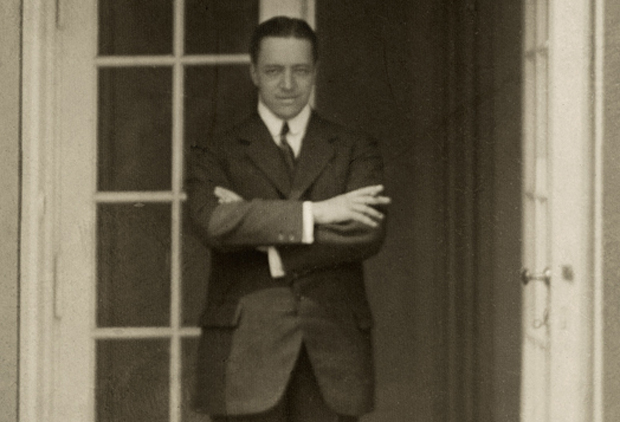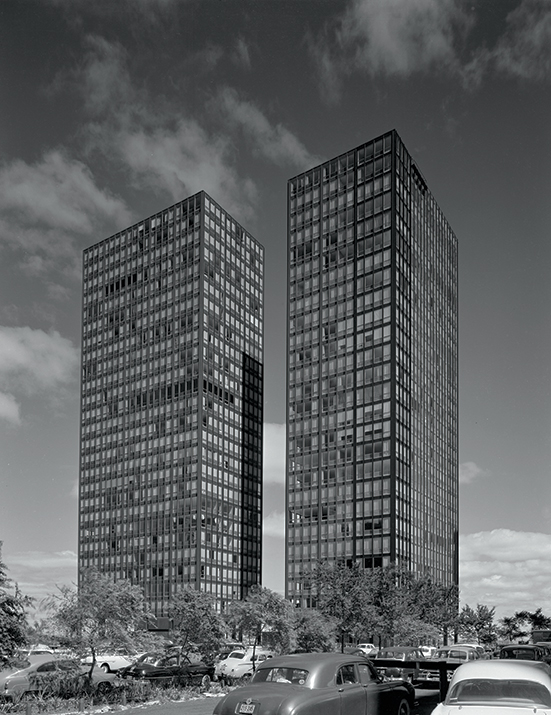
The story behind Mies van der Rohe's name changes
With his numerous name changes he joined a roll call of avant-garde artists intent on reinventing themselves
As every artist knows, the act of reinvention often begins with a name change - that simplest but most effective of rebrandings. As our Detlef Mertins book Mies reveals, Mies van der Rohe's numerous change of names early on in his career were a similar manifestation of his pride in being a ‘self-created’ man.
Along with his self-education and initiative transformation of himself from the son of a stonemason in a provincial town into a renowned architect in the cosmopolitan world of Berlin, the name changes, Mertins argues, were “evidence of the deliberateness with which the architect embarked on reshaping his identity.
It placed him amongst those in the avant-garde who had already adopted pseudonyms: Charles Édouard Jeanneret, who assumed the name Le Corbusier for his architecture while keeping Jeanneret for his art; Theo van Doesburg, who cultivated Dadaist (IK Bonset) and Constructivist (Aldo Camini) alter-egos, in addition to his De Stijl persona; Bruno Taut and his Crystal Chain circle members, who took names such as Glass, Promethius and Cor; and the Dadaists, who assumed fictive identities that mocked political institutions and normative roles. Richard Huelsenbeck (1892–1974) was known as the Meisterdada and Dadaco; Raoul Hausmann, as the Dadasoph and Director of the Dada Circus; and George Grosz (1893–1959), as the Propagandada. In German, the word mies connotes ‘wretched’, ‘miserable’ and ‘rotten’, as well as the state of feeling unwell or under the weather.

By adding the umlaut over the ‘e’ in Miës and the Dutch title ‘van der’ Mies tempered these disagreeable associations. Although ‘van der’ is not actually a noble title, as is the German title ‘von’, this ambiguity lent the name a more aristocratic and sophisticated air, which Mies further cultivated in his attire. His mother’s maiden name, ‘Rohe’, which he added at the end, carried with it the double connotation of ‘raw’ and ‘pure’. Later, of course, the distinguished architect would simply be known as ‘Mies’.
But, as Mertins points out, Mies’s gestures of new beginnings become all the more extraordinary when viewed in relation to the similar ambitions of others. His new name was not entirely new, after all, but a transformation of his surname. Mies refashioned his name into a nobler version of itself, tinged with irony and self-mockery. Perhaps it was a light-hearted jest in the spirit of avant-garde wordplay, combining sense and nonsense without specific meaning, taking pleasure in the sound and rhythm of words and the proliferation of possible associations.
Similarly, Mertins argues, Mies did not create his glass skyscrapers ex nihilo: rather, they are the result of working on an emerging type with which many others were preoccupied during the same period. Mies sought to transform the American skyscraper into a truer version of itself for use in Germany, a country understood to have deeper cultural traditions and commitments.
For more on Mies's life work and legacy, do consider our monograph. You can buy it from the people who made it, here.